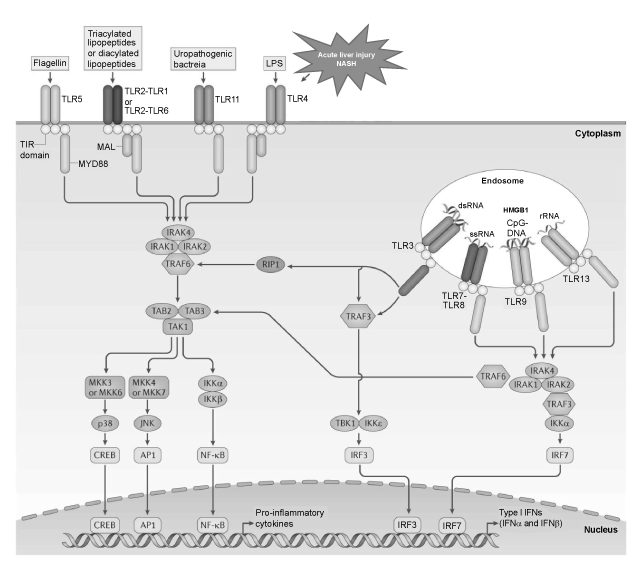Figure 1: TLR signaling involves JNK and NF-κB-p65 activation. TLR constitute a family of receptors involved in pro-inflammatory signaling in the innate immune
system, responsible for the recognition of PAMPs and DAMPs. A detailed knowledge of how mammalian Toll-like receptors (TLRs) signal has developed over the
past 15 years. TLR5, TLR11, TLR4, and the heterodimers of TLR2–TLR1 or TLR2–TLR6 bind to their respective ligands at the cell surface, whereas TLR3, TLR7–
TLR8, TLR9 and TLR13 localize to the endosomes, where they sense microbial and host-derived nucleic acids. TLR4 localizes at both the plasma membrane and
the endosomes. TLR signalling is initiated by ligand-induced dimerization of receptors. Following this, the Toll–IL 1 resistence (TIR) domains of TLRs engage TIR
domain-containing adaptor proteins (either myeloid differentiation primary-response protein 88 (MYD88) and MYD88 adaptor-like protein (MAL), or TIR domaincontaining
adaptor protein inducing IFNβ (TRIF) and TRIF-related adaptor molecule (TRAM)). TLR4 moves from the plasma membrane to the endosomes in order
to switch signalling from MYD88 to TRIF. Engagement of the signalling adap¬tor molecules stimulates downstream signalling pathways that involve interactions
between IL 1R associated kinases (IRAKs) and the adaptor molecules TNF receptor-associated factors (TRAFs), and that lead to the activation of the mitogenactivated
protein kinases (MAPKs) JUN N-terminal kinase (JNK) and p38, and to the activation of transcription fac¬tors. Two important families of transcription
factors that are activated downstream of TLR signalling are nuclear factor κB (NF κB) and the interferon-regulatory factors (IRFs), but other transcription factors,
such as cyclic AMP-responsive element-binding protein (CREB) and activator pro¬tein 1 (AP1), are also important. A major consequence of TLR signalling is the
induction of pro-inflammatory cytokines, and in the case of the endosomal TLRs, the induction of type I interferon (IFN).
dsRNA: Double-stranded RNA; IKK: Inhibitor of NF-κB kinase; LPS: Lipopolysaccharide; MKK: MAP kinase kinase; RIP1: Receptor-interacting protein 1; rRNA:
Ribosomal RNA; ssRNA: Single-stranded RNA; TAB: TAK1 binding protein; TAK: TGFβ-activated kinase; TBK1: TANK-binding kinase 1.
Modified from O´Neill et al. [48]. |
